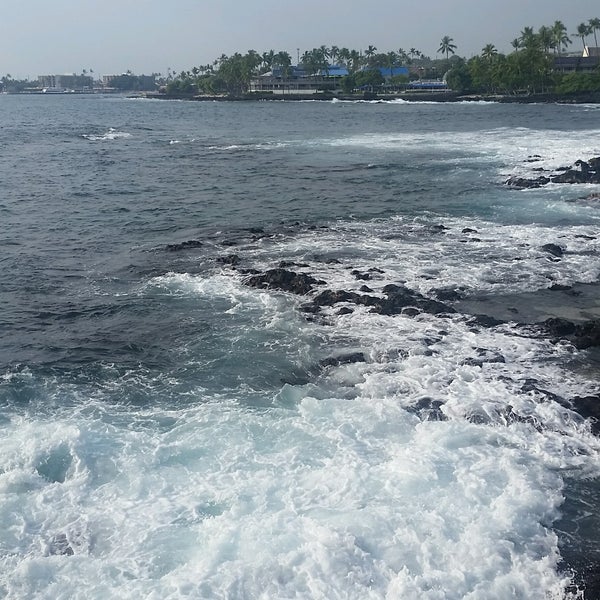
Most adult gulls are gray and white and some have black markings on the head or wing regions. Like other members of this bird family, gulls have feet with three webbed toes. Gulls are medium to large, stout, long-winged sea birds in the Family Laridae.Many bird species rely on intertidal habitats as places to rest or hunt for food. Birds have an outer covering of feathers, are endothermic (warm-blooded), breathe air, have front limbs modified into wings, and lay eggs. It uses its pectoral and pelvic fins to crawl around the bottom of shallow water areas.Ĭlass Aves includes all birds. The epaulette shark frequently inhabits tide pools on the shores of the western South Pacific Ocean, New Guinea, and Australia.epaulette shark ( Hemiscyllium ocellatum).To learn more about sharks, rays, and other cartilaginous fishes visit the Sharks and Rays InfoBook.

This Class includes fishes with skeletons made of cartilage instead of bone. They can breathe air and survive out of water in moist areas for at least 35 hours.Ĭlass Chondrichthyes (Cartilaginous Fishes) Individual monkeyface eels usually remain within a home range of about 4.6 m (15 ft.). They slither, swim, and hide among crevices and rocks of intertidal and subtidal zones to depths of 24.4 m (80 ft.) and range from Oregon to Baja California, Mexico. Adults can reach lengths of 0.76 m (2.5 ft.) making these the largest fish spotted in eastern Pacific intertidal zones. It has a lumpy-ridged head with large lips. Although elongate in appearance, the monkeyface eel is actually a prickleback instead of an eel.monkeyface eel/prickleback ( Cebidichthyes violaceus).This species occupies intertidal and subtidal waters from southeastern Alaska to Baja California, Mexico. This elongate fish has pelvic fins modified into a suction disc that enable it to cling tightly to the undersides of rocks in shallow tide pools.northern clingfish ( Gobiesox maeandricus).Opaleyes range from Oregon to southern California. They often return to the same tide pools whenever the tide retreats. In their first and second year, opaleyes inhabit tide pools and are able to breathe air-an important adaptation in the oxygen depleted waters of shallow tide pools. The opaleye is an oval-shaped, olive-colored fish with iridescent blue eyes and one to three light dots on each side, just beneath the base of the dorsal fin.Other sculpin species inhabit tide pools of other regions. Oligocottus maculosus is a common species of tide pool sculpin inhabiting the Pacific coast from The Sea of Okhotsk, Russia to Southern California. They typically occupy the same pool each time the tide goes out and can breathe air when the oxygen gets low in a tide pool. Tide pool sculpins use their pectoral and pelvic fins to scoot along the bottoms of tide pools.Some small fishes are adapted to the tide pool environment. Find out more about bony fishes in the Bony Fish InfoBook.gills - with a single pair of gill openings - to extract dissolved oxygen from water.Class Osteichthyes (Bony Fishes)įishes in this class share the following characteristics: These animals all have a backbone (spinal column). 6.Many classes of vertebrates (Phylum Chordata, Subphylum Vertebrata) also visit the intertidal zone.

Ride a public or passenger boat to Divinubo Island.

Hire a tricycle to take you to Barangay Lalawigan.
#KONA TIDAL POOLS HOW TO#
How to get here: From Tacloban City proper, ride a van bound for Borongan City. By lunch time, we went back to the city proper to have lunch and rest before our sunset chasing by the city’s boulevard to cap off our 8-day backpacking in Samar. Although it only has boulders underwater compared to corals found in Kanpirugdot pools. The tidal pool of Ge-puroe was overwhelming because it was really big compared to the little ones in Kanpirugdot. When we reached Ge-puroe, the clouds gave way for the sun. My photos lacked warmth, but hey, it’s way better than rain.

It was still overcast when we got to the pools and rock formations of Kanpirugdot. By the time we arrived in Divinubo Island, fortunately, the rain already stopped. It was April, the supposed-to-be summer month, but it was raining hard. My travel buddies and I traveled by dawn from Guiuan to Borongan City. Tidal pool in Kanpirugdot, Eastern Samar.


 0 kommentar(er)
0 kommentar(er)
